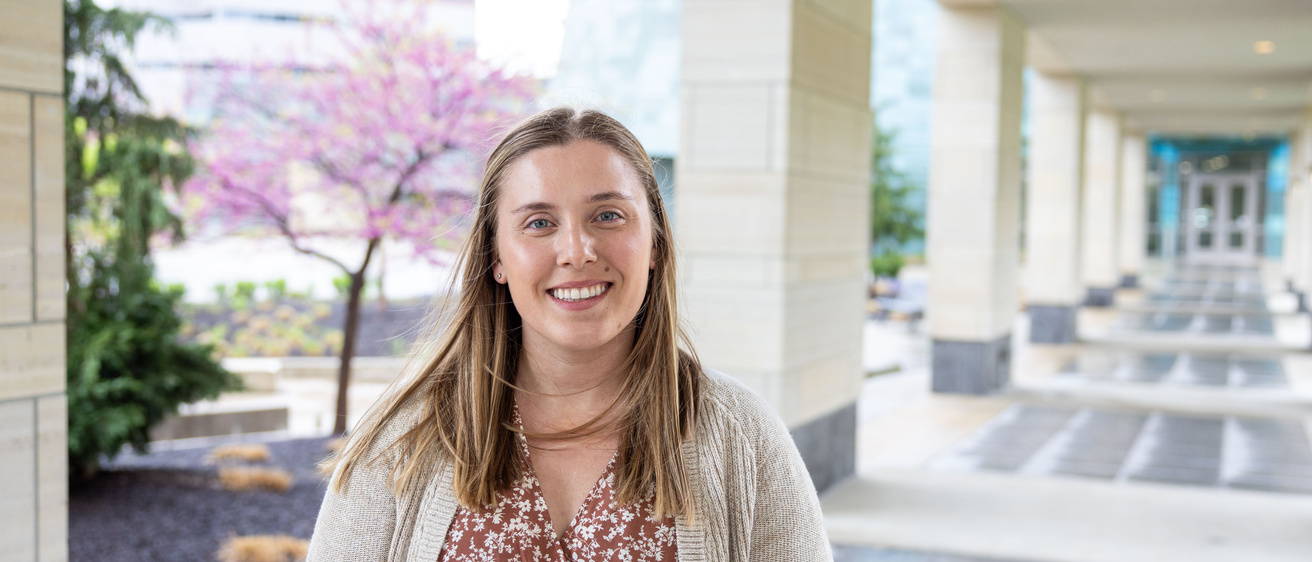Main navigation
Our people are the heart of our program. From didactic sessions to the operating room, you will find a dedicated team eager to nurture your growth and help you become an outstanding anesthesiologist.
Our chief residents, fellows, and faculty are deeply committed to supporting your educational journey and ensuring you meet your training objectives. Alongside your fellow residents, you will experience a culture of mutual support and encouragement that inspires excellence.
At Iowa, you will learn from distinguished clinicians, researchers, and educators in anesthesiology. The program provides exceptional opportunities to acquire lifelong skills and insights from these respected leaders, equipping you for a successful and fulfilling career.

Cynthia A. Wong
Welcome, and thank you for your interest in the Department of Anesthesia at the University of Iowa. We take great pride in our distinguished residency program, meticulously crafted to develop exemplary perioperative physicians equipped to excel across a broad spectrum of clinical settings.
Approximately 30% of our trainees pursue advanced fellowship training upon completion of residency, while the majority seamlessly transition into independent practice. Our American Board of Anesthesiology certification pass rate has remained an impressive 95% since 2006, a testament to the program’s rigorous curriculum and comprehensive clinical exposure. Alumni consistently provide laudatory feedback, affirming the program’s role in fostering both clinical acumen and professional readiness.
Each recruitment cycle attracts nearly 1,000 applications, from which approximately 150 candidates are invited for interviews. We matriculate 15 PGY-1 residents annually via the National Resident Matching Program; about 80% are graduates of U.S. medical institutions, with the remainder comprising international graduates who are typically among the highest achievers in their cohorts.
Our unwavering commitment to educational excellence ensures that all residents emerge thoroughly prepared to advance their careers, whether by undertaking fellowship training or entering clinical practice, supported by the sustained commendations of our program alumni.
Meet Our Team
Our Education Team is dedicated to supporting the academic and professional development of our anesthesia residents. From curriculum design to mentorship and wellness initiatives, this group plays a vital role in ensuring a dynamic, supportive, and enriching training environment. With a shared passion for healthcare education and resident success, this team collaborates closely with faculty, staff, and students to foster a culture of excellence and continuous improvement.

Dr. Dawn Dillman
Dawn Dillman, MD
Clinical Professor, Anesthesia
Vice Chair for Education

Brent Hadder, MD
Clinical Associate Professor, Anesthesia
Residency Program Director

Tiffany Stein
Residency Program Coordinator
Department of Anesthesia

Brittney Christensen
Residency Program Coordinator
Department of Anesthesia
